Home>Home Appliances>Laundry Appliances>How To Get Oil Out Of Clothes In The Washing Machine


Laundry Appliances
How To Get Oil Out Of Clothes In The Washing Machine
Published: February 23, 2024
Learn how to effectively remove oil stains from clothes using your washing machine. Discover the best laundry appliance tips for getting rid of tough oil stains. Keep your clothes looking fresh and clean with these helpful techniques.
(Many of the links in this article redirect to a specific reviewed product. Your purchase of these products through affiliate links helps to generate commission for Storables.com, at no extra cost. Learn more)
Introduction
Dealing with an oil stain on your clothes can be a frustrating experience. Whether it's a splash from cooking or an accidental encounter with a greasy surface, the stubborn nature of oil makes it a challenging adversary in the laundry room. However, with the right approach and a few effective techniques, you can successfully remove oil stains from your clothes using your washing machine.
In this comprehensive guide, we will explore the step-by-step process of getting oil out of clothes in the washing machine. From pre-treating the stain to selecting the appropriate detergent and setting the washing machine, we will cover all the essential aspects to ensure that your clothes emerge from the wash cycle free from unsightly oil marks.
By following the methods outlined in this article, you can save your favorite garments from the clutches of stubborn oil stains and restore them to their pristine condition. With a combination of practical tips and the power of modern laundry appliances, you can conquer the challenge of oil-stained clothes and achieve laundry success with ease. So, let's dive into the details and discover how to effectively tackle oil stains in the washing machine, ensuring that your clothes come out looking fresh and clean.
Key Takeaways:
- Say goodbye to oil stains! Pre-treat with dish soap, soak, and choose the right detergent to conquer oil in the washing machine. Check after washing for a spotless victory!
- Master the machine! Set the right temperature, cycle, and detergent for oil-stained clothes. Don’t forget to inspect after washing for a flawless finish.
Pre-Treating the Stain
Pre-treating the oil stain on your clothes is a crucial initial step in the process of removing it effectively in the washing machine. This proactive approach can significantly enhance the chances of complete stain removal, especially for stubborn oil marks. Here's a detailed guide on pre-treating the stain to prepare your clothes for the washing machine:
-
Blotting the Stain: As soon as you notice the oil stain, gently blot the affected area with a clean cloth or paper towel. Avoid rubbing the stain, as this can spread the oil and make the situation worse. Instead, focus on absorbing as much of the oil as possible before it sets into the fabric.
-
Applying Dish Soap or Detergent: For fresh oil stains, applying a small amount of dish soap or liquid laundry detergent directly onto the stained area can help break down the oil. Gently work the soap into the fabric using your fingers or a soft brush, ensuring that the entire stain is covered.
-
Using a Stain Remover: If the oil stain is particularly stubborn or has already set into the fabric, consider using a specialized stain remover designed to tackle oil-based stains. Apply the stain remover according to the product's instructions, allowing it to penetrate the fabric and loosen the oil before washing.
-
Soaking the Garment: For heavily soiled or older oil stains, soaking the garment in a solution of water and a stain-fighting additive can work wonders. Create a mixture of water and a stain-removing product, such as oxygen-based bleach or a commercial pre-treatment solution, and let the garment soak for a period of time recommended by the product.
-
Checking for Colorfastness: Before proceeding with any pre-treatment method, it's essential to check the garment's care label for instructions on colorfastness. Testing the pre-treatment solution on a small, inconspicuous area of the fabric can help prevent potential damage or color alteration.
By diligently pre-treating the oil stain on your clothes using these methods, you can effectively prepare the garment for the washing machine, increasing the likelihood of complete stain removal. This proactive approach sets the stage for a successful laundering process, ensuring that your clothes emerge from the wash cycle free from lingering oil marks.
Choosing the Right Detergent
Selecting the appropriate detergent is a critical aspect of ensuring the successful removal of oil stains from your clothes in the washing machine. The right detergent can make a significant difference in breaking down and lifting the stubborn oil residues, ultimately leading to cleaner and fresher garments. When faced with oil-stained laundry, consider the following factors to choose the most suitable detergent for the task:
1. Oil-Fighting Formulas
Opt for detergents specifically formulated to combat oil-based stains. Look for products labeled as "stain-fighting," "grease-cutting," or "oil-lifting," as these are designed to target and dissolve oily residues effectively. Such detergents often contain powerful surfactants and enzymes that work to break down and emulsify oil, facilitating its removal during the wash cycle.
2. Concentrated or Heavy-Duty Options
For particularly stubborn or set-in oil stains, consider using concentrated or heavy-duty detergents. These formulations are designed to provide enhanced cleaning power, making them well-suited for tackling tough oil residues. Concentrated detergents often require smaller amounts per load, making them a cost-effective and efficient choice for oil-stained garments.
3. Eco-Friendly and Biodegradable Variants
If environmental considerations are a priority, opt for eco-friendly and biodegradable detergents. Many eco-conscious detergent options are formulated to be gentle on the environment while still offering effective stain-fighting capabilities. Look for detergents that are free from harsh chemicals and phosphates, as these can be gentler on both your clothes and the planet.
4. Compatibility with Washing Machine Type
Consider the type of washing machine you have when selecting a detergent. High-efficiency (HE) washing machines, for example, require detergents specifically formulated for their low-sudsing nature. Ensure that the detergent you choose is compatible with your machine to achieve optimal cleaning performance and prevent potential issues such as excessive sudsing or residue buildup.
5. Fragrance and Allergen Considerations
Take into account any fragrance preferences or allergen sensitivities when choosing a detergent. Some detergents are available in fragrance-free or hypoallergenic variants, catering to individuals with scent sensitivities or skin allergies. By selecting a detergent that aligns with your preferences and sensitivities, you can ensure a pleasant and comfortable laundry experience.
By considering these factors and selecting a detergent tailored to the specific requirements of oil-stained clothes, you can optimize the cleaning process and enhance the effectiveness of your washing machine. The right detergent acts as a powerful ally in the battle against oil stains, working in tandem with the washing machine to deliver outstanding results and restore your garments to their pristine condition.
Setting the Washing Machine
Setting the washing machine correctly is a crucial step in the process of removing oil stains from clothes effectively. By configuring the machine to accommodate the specific requirements of oil-stained garments, you can maximize the cleaning power and ensure thorough stain removal. Here's a detailed guide on setting the washing machine for optimal performance:
Read more: How To Get Sand Out Of A Washing Machine
1. Temperature Selection
Choose the appropriate water temperature based on the fabric care label and the nature of the oil stain. Hot water is effective in breaking down and dissolving oily residues, making it ideal for sturdy fabrics and heavily soiled items. However, for delicate or synthetic fabrics, opt for warm or cold water to prevent potential damage or shrinkage.
2. Wash Cycle and Duration
Select a wash cycle that aligns with the fabric type and the severity of the oil stain. For heavily soiled garments, a longer wash cycle with extended agitation can help dislodge and lift the oil from the fabric fibers. Additionally, consider using a pre-wash or soak cycle if your washing machine offers these options, as they can provide an extra boost in tackling stubborn oil stains.
3. Detergent Dispensing
Add the chosen detergent to the designated dispenser or directly into the washing machine drum, following the manufacturer's guidelines for the recommended amount. If using a concentrated or heavy-duty detergent, measure the appropriate quantity to ensure optimal cleaning performance without excessive sudsing or residue buildup.
4. Additional Boosters
Consider incorporating laundry boosters or additives specifically designed to enhance stain removal, such as oxygen-based bleach or enzyme-boosted detergents. These supplementary products can augment the cleaning power of the detergent, particularly when dealing with tough oil stains, and contribute to more effective results.
Read more: How To Get Water Out Of A Washing Machine
5. Machine-Specific Considerations
Take into account any specific features or settings offered by your washing machine that can aid in removing oil stains. For instance, some machines may have a steam or sanitize function that can help break down and lift oily residues, while others may offer customizable options for extra rinsing or spinning to ensure thorough stain removal.
By meticulously configuring the washing machine based on these considerations, you can optimize its performance and enhance its ability to combat oil stains effectively. This proactive approach sets the stage for a successful laundering process, ensuring that your clothes emerge from the wash cycle free from lingering oil marks and ready to be air-dried or machine-dried as per the fabric care instructions.
Checking the Clothes After Washing
After the washing machine has completed its cycle, it's time to assess the effectiveness of the oil stain removal process and ensure that your clothes are free from any lingering traces of oil. This critical step involves a thorough inspection of the garments to confirm that the oil stains have been successfully eradicated. Here's a detailed guide on checking the clothes after washing to ascertain the outcome of the stain removal process:
-
Visual Examination: Carefully examine each garment under good lighting to detect any remaining oil stains. Look for discoloration or residual greasy spots that may indicate incomplete stain removal. Pay close attention to the areas where the stains were originally present, as well as any surrounding areas that may have been affected during the pre-treatment and washing process.
-
Tactile Assessment: Run your fingers over the previously stained areas to feel for any lingering oily residues. While visual inspection is essential, tactile assessment can reveal subtle remnants of oil that may not be immediately visible. If the fabric still feels slick or greasy, it may indicate that further treatment or re-washing is necessary.
-
Odor Evaluation: Take a moment to sniff the garments to detect any lingering oil-related odors. Even if the stains appear to have been removed, residual odors can indicate the presence of trace amounts of oil. If any garments exhibit persistent oily smells, it may be an indication that the stain removal process requires additional attention.
-
Repeat Treatment if Necessary: If any signs of remaining oil stains, greasy residues, or persistent odors are detected during the inspection, consider re-treating the affected areas before proceeding with drying the garments. This may involve repeating the pre-treatment steps or using specialized stain removal products to target any stubborn remnants of oil.
-
Air-Drying or Machine-Drying: Once you are satisfied with the stain removal outcome, proceed with air-drying or machine-drying the garments according to the fabric care instructions. Avoid exposing the clothes to high heat until you are certain that the oil stains have been completely eliminated, as heat can set residual oil and make it more challenging to remove in subsequent wash cycles.
By meticulously checking the clothes after washing and addressing any remaining traces of oil stains, you can ensure that your garments are thoroughly cleansed and ready to be worn with confidence. This diligent post-washing assessment is a crucial final step in the process of removing oil stains from clothes, allowing you to confirm the success of the stain removal efforts and enjoy fresh, oil-free garments once again.
Frequently Asked Questions about How To Get Oil Out Of Clothes In The Washing Machine
Was this page helpful?
At Storables.com, we guarantee accurate and reliable information. Our content, validated by Expert Board Contributors, is crafted following stringent Editorial Policies. We're committed to providing you with well-researched, expert-backed insights for all your informational needs.
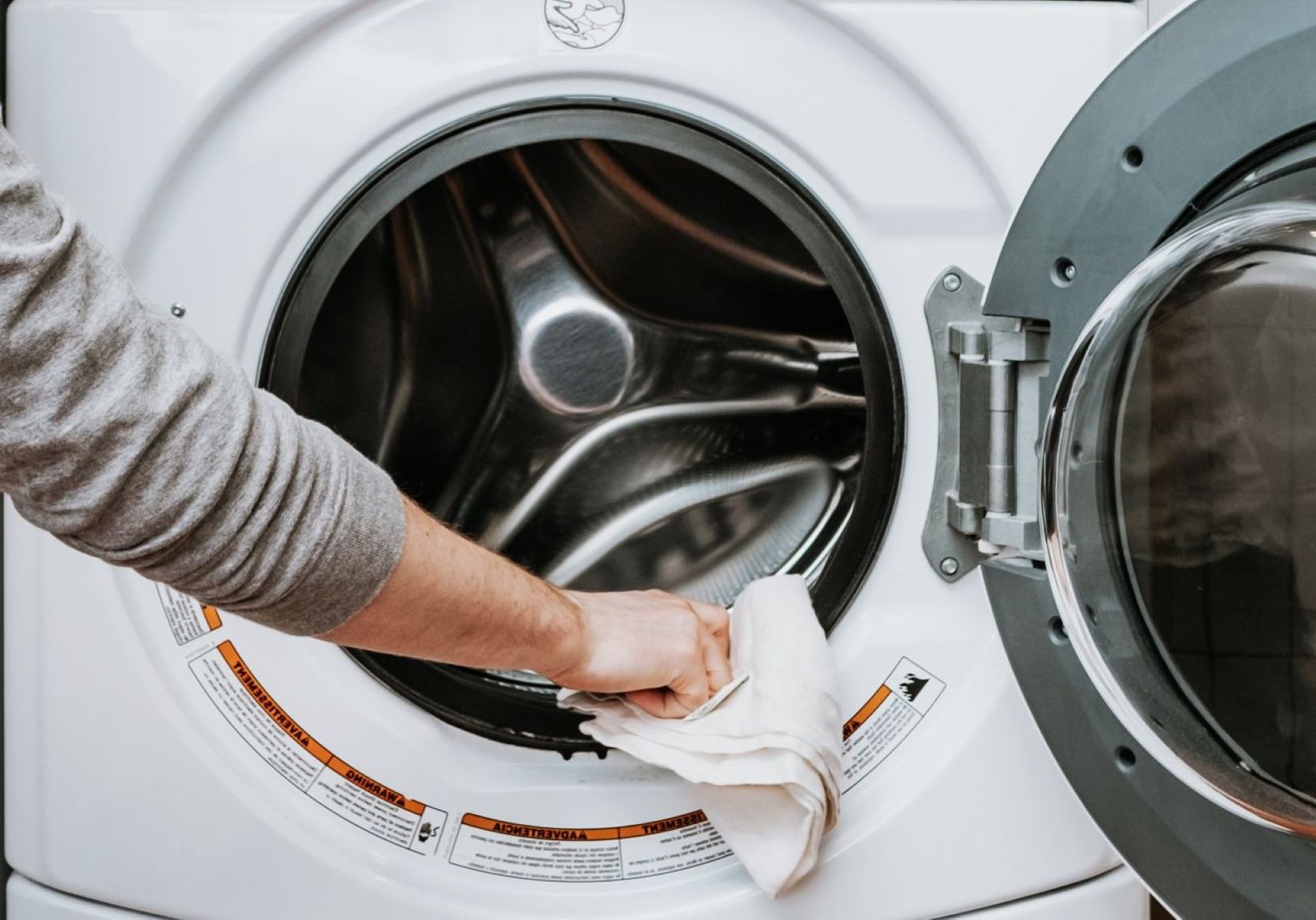


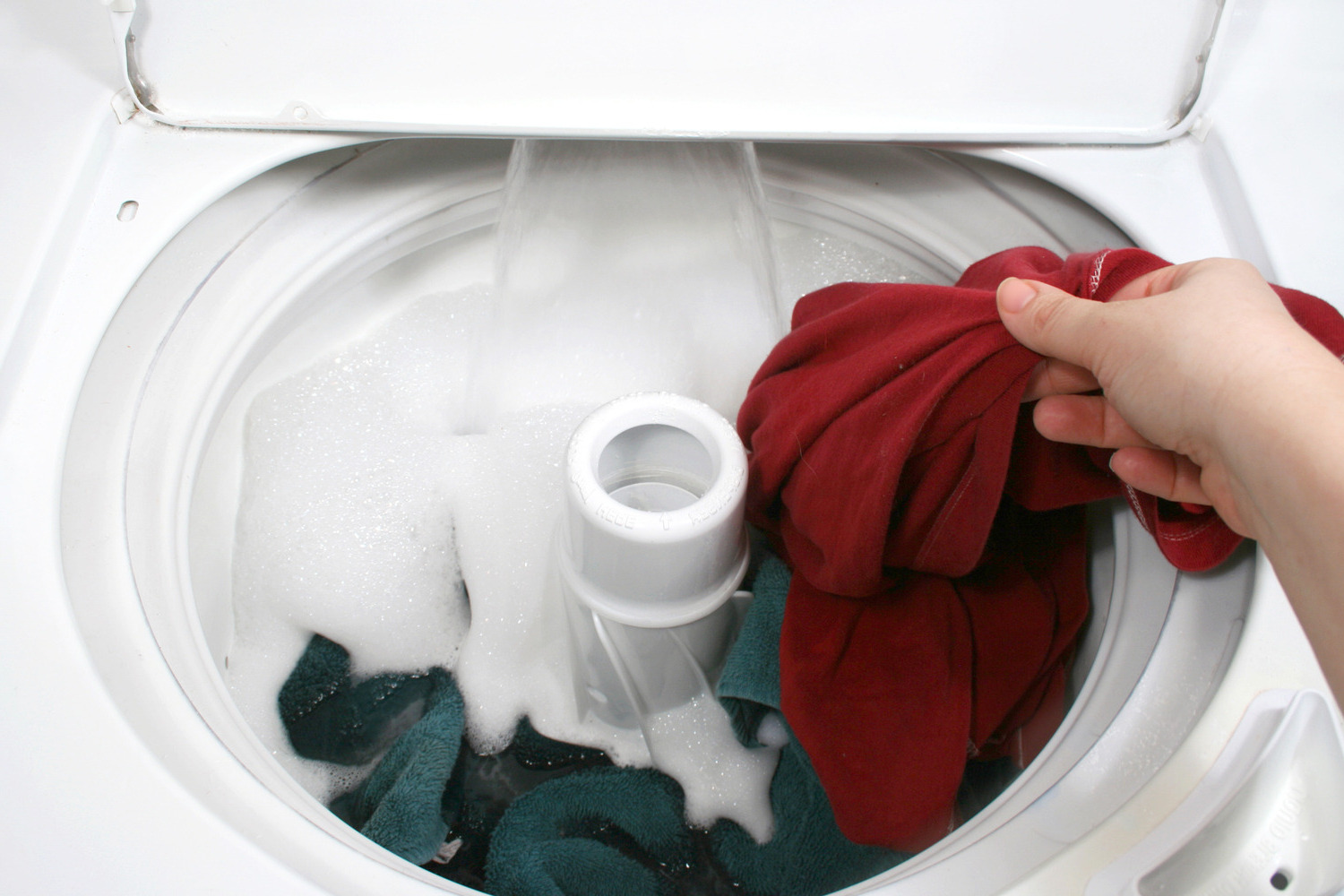

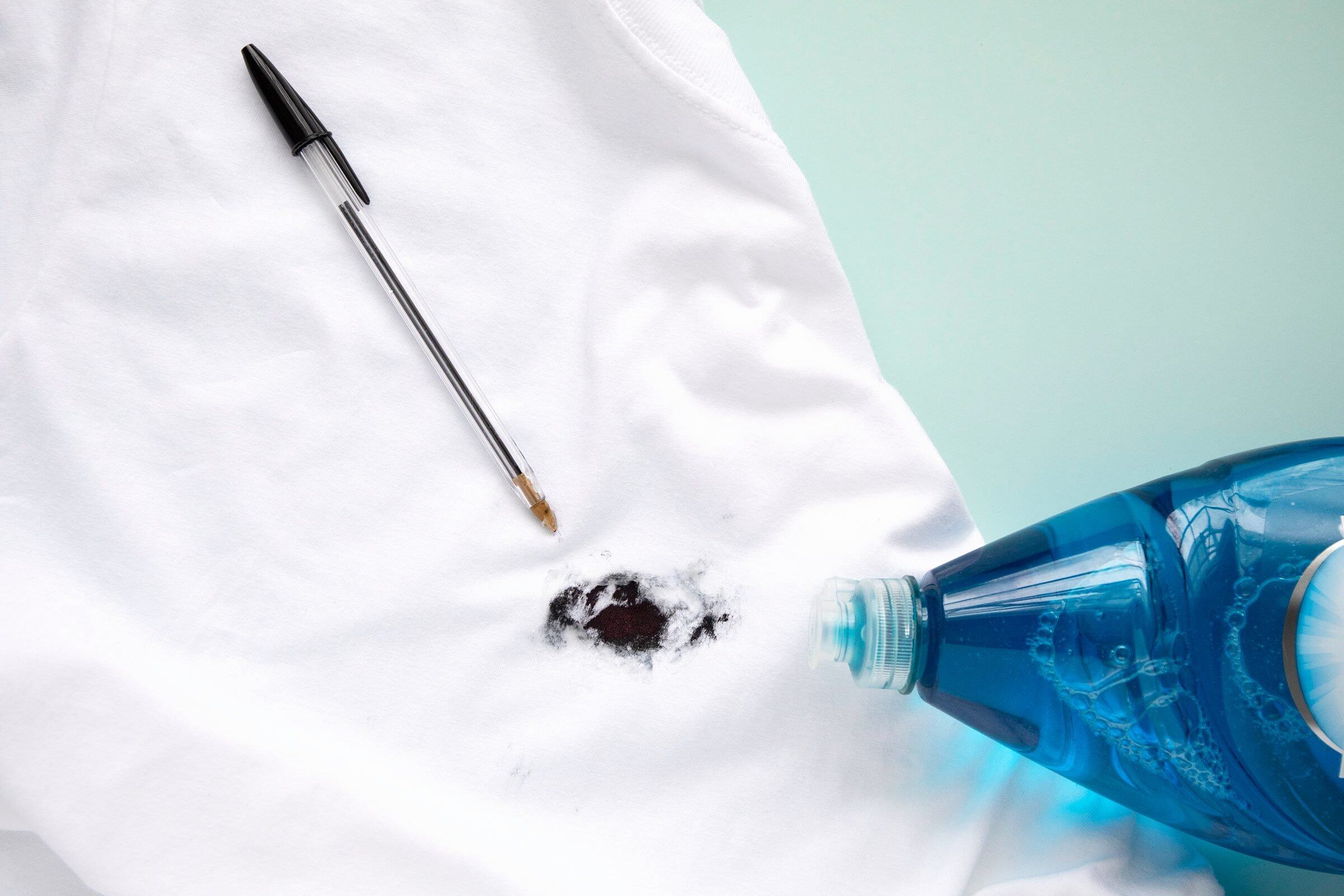

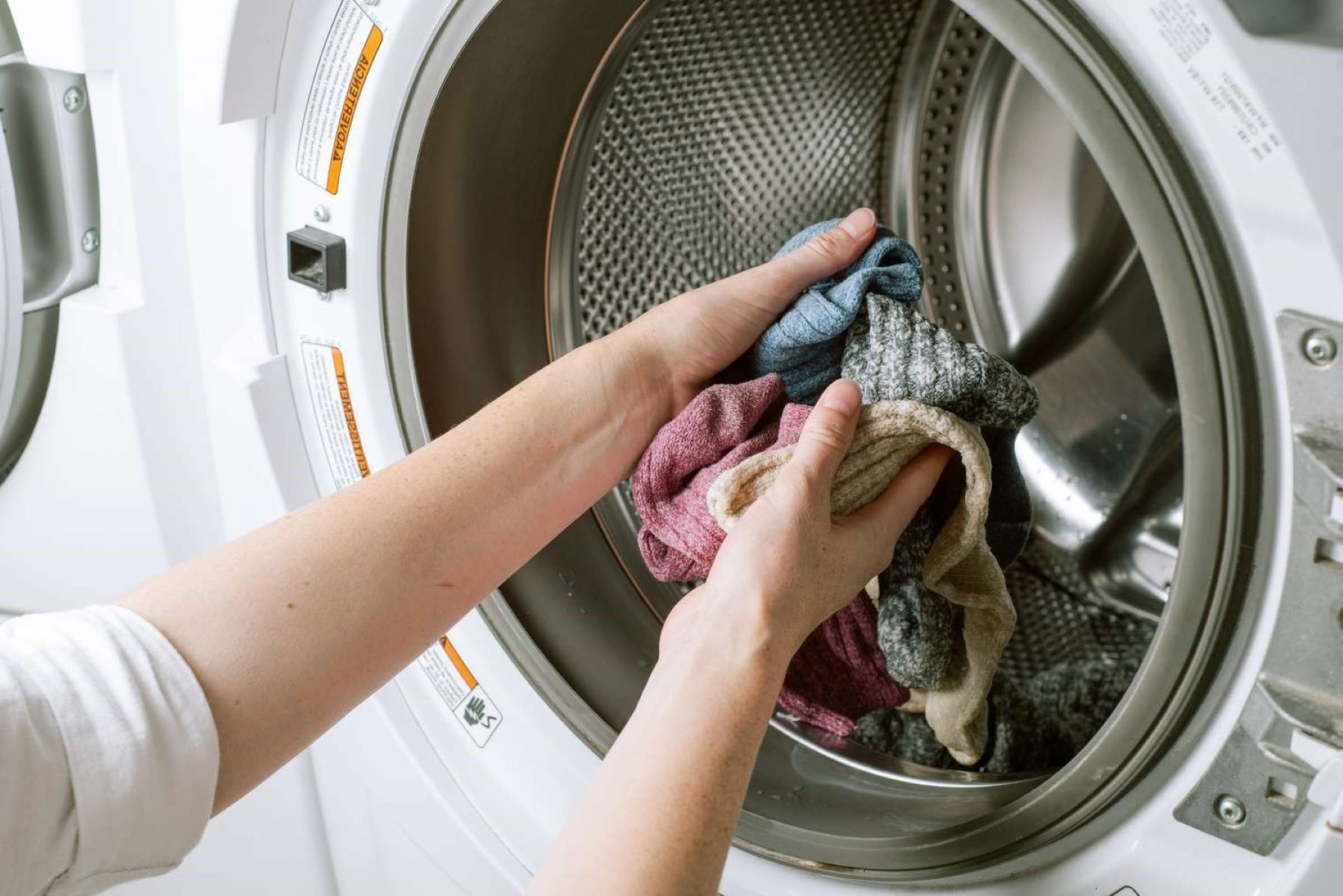

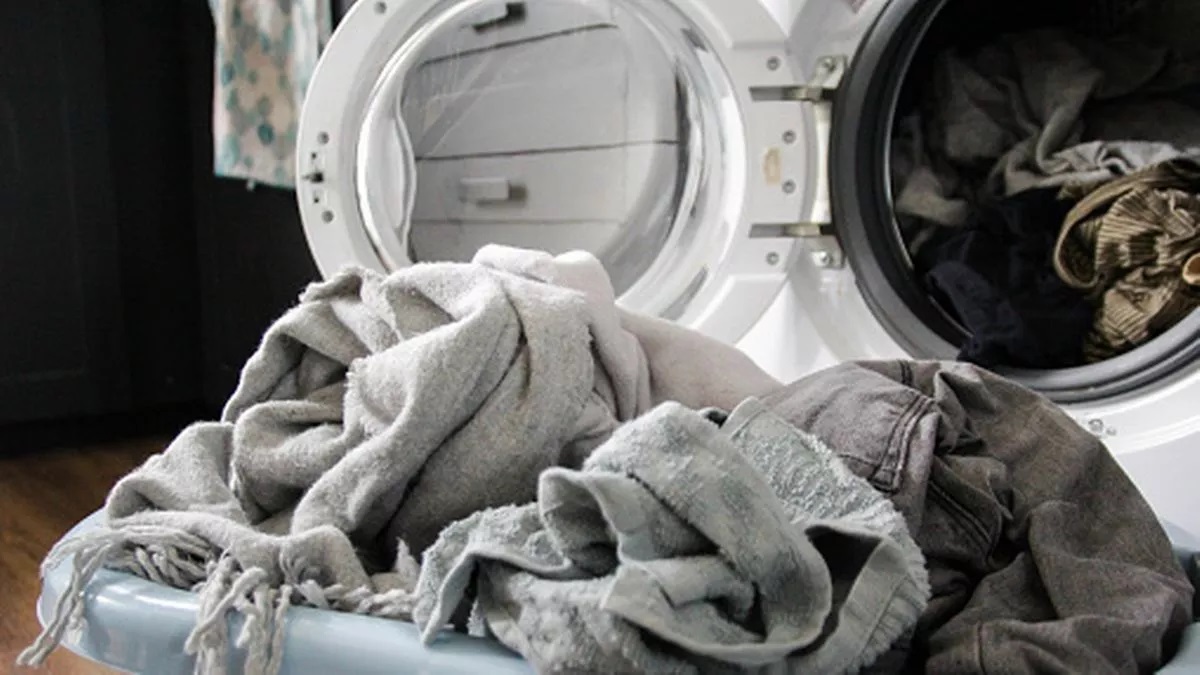
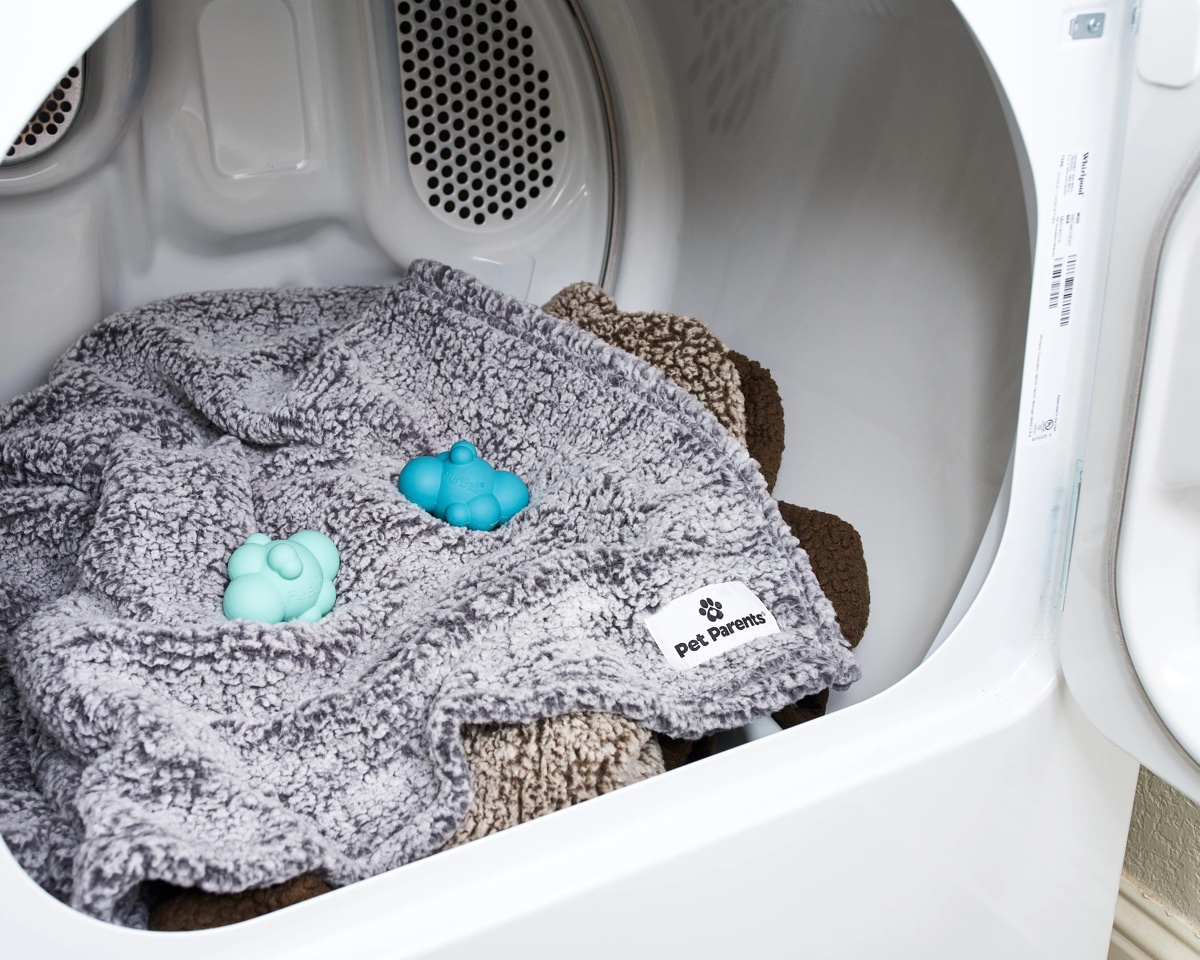


0 thoughts on “How To Get Oil Out Of Clothes In The Washing Machine”